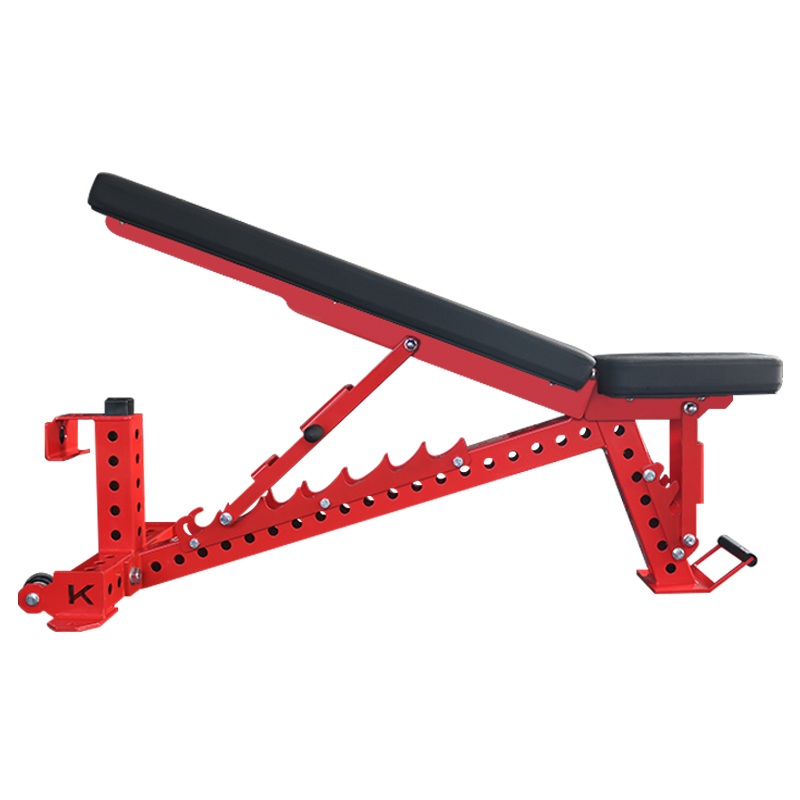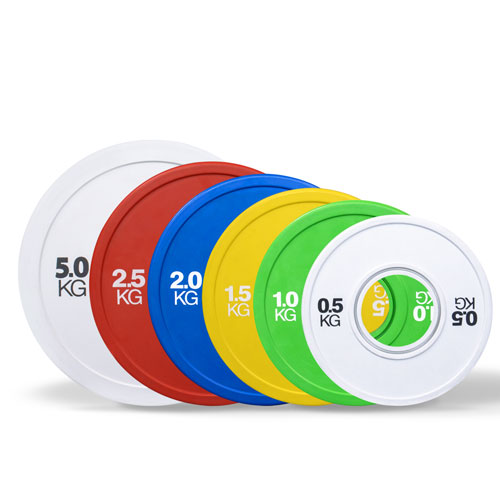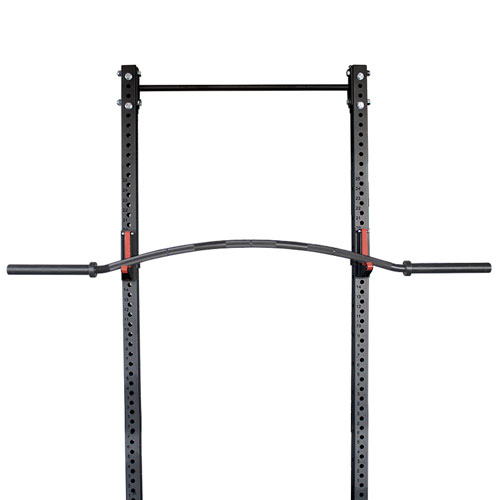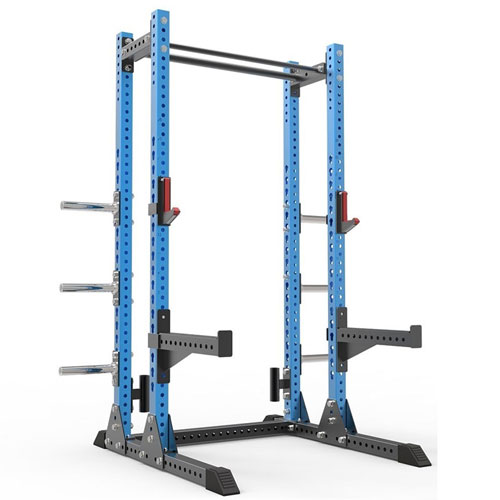5 تمارين لتحسين وضعية جسمك وتقليل الألم
من المفترض أن يتحرك البشر. قُدّر لنا أن نقف باستقامة. قُدّر لنا أن نسير مرفوعي الرأس.
ولكن في مكان ما خلال هذا التعرج التطوري، وضع شخص ما جهاز كمبيوتر على الطاولة أمامنا ووضع هاتفًا في أيدينا. وبدأنا نقضي ساعات ونحن منحنيون. وبدأت ذقوننا، التي كانت ذات يوم على مسافة مناسبة من حناجرنا، تميل إلى الداخل. وتراخت أكتافنا وتراخت مشيتنا.
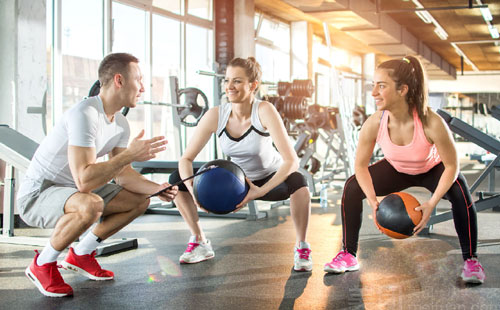
عندما تنحني رؤوسنا - التي تزن حوالي 10 أرطال - إلى الأمام، فإن ذلك يزيد من الضغط على عمودنا الفقري بما يصل إلى 60 رطلاً. لا عجب أن الكثير منا يعاني من فقدان الكتلة العضلية، مع ضعف وضعية الجسم، مع زيادة خطر الإصابة. ويطلق علماء الفسيولوجيا على الحالة الناتجة متلازمة التقاطع العلوي والسفلي.
وبالطبع يمكن لدروس اللياقة البدنية في أورانجيتوري فيتنس أن تساعد في تعويض ذلك بالإضافة إلى الكثير من مضايقات العصر الحديث الأخرى. والمفتاح هو نقل الزخم من تلك الدقائق الستين إلى بقية حياتك.
وهذا يعني جعل الحركة أولوية على مدار اليوم، تمامًا مثل التخطيط للوجبات الصحية وقضاء الوقت مع أحبائك. إذا قمت بذلك، ستشعرين بتحسن وستحصلين على المزيد من الطاقة للقيام بالمهام اليومية.
يقدم لنا آرون سانتيسو، أخصائي العلاج الطبيعي وعضو المجلس الاستشاري الطبي في أورانجيتوري هذه التمارين الروتينية للإطالة لمساعدتنا على الحفاظ على قوتنا وتناسقنا ووقوفنا طوال اليوم. بعض تمارين التمدد التي يوصي بها قد تتساءل: "كيف يمكن أن يساعدك هذا؟ ثق بالعلم. إنه يساعد بالفعل.
The name: Upper trapezius stretch
The target: The muscles in your upper back that help you raise your arms.
The reason: When you lift your arms, one shoulder may seem higher than the other. “Your body may be compensating during this movement pattern due to a muscular imbalance and weakness inside your shoulder,” Aaron says.
The method: Sit tall on a chair, grasping the edge of the seat with your right hand. Slowly bend your neck toward your left shoulder, using your left hand to direct your head. Be sure to keep your right shoulder pressed down. Stop when you feel a comfortable pull on the right side of your neck. Hold for 20 seconds; return to starting position and repeat on the left side. Aim for five stretches on each side, whenever you feel the need.
The name: Levator scapulae stretch
The target: If you know even pidgin Latin, you can translate this as raising the scapula — the shoulder blade, the bone that connects the upper arm and the collarbone.
The reason: Like the previous exercise, this helps keep your neck from taking over movements designed for your shoulders.
The method: Again, sit tall in a chair, holding onto the right side of the seat with your right hand. With your left hand on top of your head, tilt your chin toward your left armpit. Keep your posture straight, stopping when you feel a comfortable pull in the back of your neck. Repeat on the left side, holding each stretch for 20 seconds, for a total of five times on each side.
The name: Open-clam exercise
The target: This especially helps alleviate Upper Crossed Syndrome, which is discomfort in the neck, shoulders, chest, mid-back, elbows and wrists. It starts when we hunch over our computers and follows us into the gym, causing poor form and leading to more discomfort.
The reason: Who wants rounded shoulders, a collapsed chest, and a chin that juts out? Do this exercise two or three times a week to bring your center of gravity in line with your body.
The method: Lie on your side, knees bent at 90 degrees. Rest your head on one arm; with the other, hold your hip to keep from rolling your body. Lift your top knee an inch into the air, lower, and repeat. This targets the gluteus muscle, which helps stabilize knees, lower back and pelvis. Aim for four sets of 25 to 35 reps on each side, three or four times a week.
The name: Sideline external rotation
The target: Your shoulders and neck, so you can stand and sit tall without slouching.
The reason: Who wants bad posture? (We’re not seeing any hands being raised here!)
The method: Lie on the floor on your right side, supporting your head with your right hand or with a couple of pillows. With your left elbow at a 90-degree angle, hold a weight no heavier than five pounds in your right hand (any heavier and it could negatively affect your rotator cuff).
ارفع الدمبل ببطء إلى ما فوق ارتفاع المرفق بقليل، وحافظ على زاوية 90 درجة مع إبقاء الدمبل موازياً للأرض. افعل ذلك من 15 إلى 25 مرة، وكرر التمرين على الجانب الآخر. احرص على القيام بذلك من ثلاث إلى أربع مرات في الأسبوع.
The name: Hip flexor stretch
The target: The muscles basically responsible for lifting your legs and knees toward your body.
The reason: This counteracts the stiffness that develops when we sit too much, which the average American does for 13 hours a day. Sitting shortens these muscles and can bring about lower back pain, so stretching them is imperative.
The method: Start in a kneeling lunge position, right knee bent at a 90-degree angle over the ankle, left knee on the ground, weight evenly distributed to both legs. Draw in your navel. With hands on your hips, slowly move your body forward till you start to feel a stretch in your left leg.
ولمدّ أعمق ارفع الذراع على الجانب الذي يتم مدّه وقم بلف جسمك إلى ذلك الجانب. اثبتي لمدة 30 ثانية، وكرري التمرين على الجانب الآخر. هذه مجموعة واحدة؛ قم بأربع مجموعات أخرى، مع الضغط على الألوية على كل جانب يتم مده. حاول أن تجعل هذا التمرين عادة يومية.
فيما يلي بعض النصائح الإضافية لمواصلة الحركة (بخلاف تمارين أورانجيتوري بالطبع)، حتى لو كنت تعمل في وظيفة مكتبية وتجلس معظم اليوم. هل وجدتها مفيدة؟ شاركنا بها من فضلك؛ ففي النهاية، نحن جميعًا في هذه الحركة معًا.
1. استخدم دورة المياه في طابق آخر.
2. مارس تمارين الضغط على المنضدة أو تمرين الضغط على العضلة ثلاثية الرؤوس أثناء انتظار إعادة تسخين القهوة.
3. قف كل 30 دقيقة. ثم اجلس. ثم قفي في منتصف الطريق، واثبتي لمدة 10 ثوانٍ، ثم قفي حتى النهاية. ثم اجلس مرة أخرى. تذكّر أن كل لحظة تتراكم.
4. عند الجلوس، ارفعي قدميك عن الأرض. اثبتي لمدة 10 ثوانٍ أو 15 أو 30 ثانية. كرر ذلك طوال اليوم.
5. اخرج إلى الخارج كلما استطعت. حتى ولو لبضع دقائق فقط في الهواء الطلق يمكن أن تخفض ضغط دمك وتُحسّن مزاجك.
6. احتفظ بكرة على مكتبك. ضعيها بين كاحليك بين الحين والآخر. افرد ساقيك واثبتيها لبضع ثوانٍ ثم اثنيهما.
7. اشرب الماء. لا تستغني أبداً عن زجاجة الماء. املأها في طابق مختلف، مع أخذ خطوتين في كل مرة.

